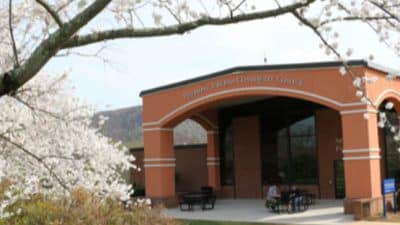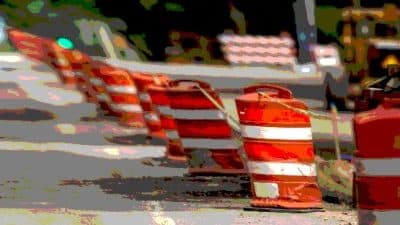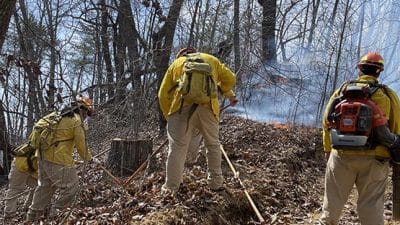Christmas trees are up in many retail outlets already, but somehow something is missing. It’s the heady aroma of a fresh-cut tree from one of Virginia’s many Christmas tree farms. Artificial mall trees have their purpose, but when it comes to your home and that woodsy, fresh air smell that takes you back to your childhood, well, the artificial trees just don’t cut it.

Most choose-and-cut farms open the day after Thanksgiving, and some are open that afternoon, but your search can begin now with the new 2013 Virginia Grown Christmas Tree Guide. The Virginia Department of Agriculture and Consumer Services (VDACS) has just published the latest edition, which is available free to the public and also online at www.VirginiaGrown.com. Enter “Christmas trees” in the product search bar and refine your search by county or zip code.
The Guide includes information on Christmas tree farms across the state and lists them by city or county for easy reference. It is a valuable resource to help you select the ideal farm or retail lot for your Virginia Grown tree.
In this year’s Guide you’ll find an amazing variety of trees, such as Fraser, Douglas, Canaan and Concolor fir; Norway and Colorado blue spruce; Scotch, Virginia and white pine; as well as Leyland cypress and cedar. In addition to the basics about each farm, such as hours of operation, directions and contact information, the Christmas Tree Guide details the services available. These may include providing handsaws and twine, tree-shaking to remove dead needles, tree-baling or wrapping for easier transport and assistance cutting your tree and getting it in from the field to your vehicle.
Freshness is an important feature of every locally-grown Virginia Christmas tree. Freshly-cut trees retain their needles longer and are less flammable than trees brought in from out-of-state, which may be cut as much as a month or more in advance. The Guide offers tips about caring for both cut and live trees to make sure they add their beauty and fragrance to the holiday celebration for as long as possible.
In Virginia, Christmas tree farming is a major agricultural industry that contributes substantially to the state’s economy and to its healthy environment. Buying a local tree supports farm families and keeps dollars in the community. As mature trees are cut, new seedlings are planted each year, making Christmas trees one of our most renewable resources.
For a free copy of the 2013 Virginia Grown Christmas Tree Guide, send the request to 2013 Christmas Tree Guide, Virginia Department of Agriculture and Consumer Services, P. O. Box 1163, Richmond, VA 23218, or call 804.786.2285. Listings from the Guide are also available online at www.virginiagrown.com.










